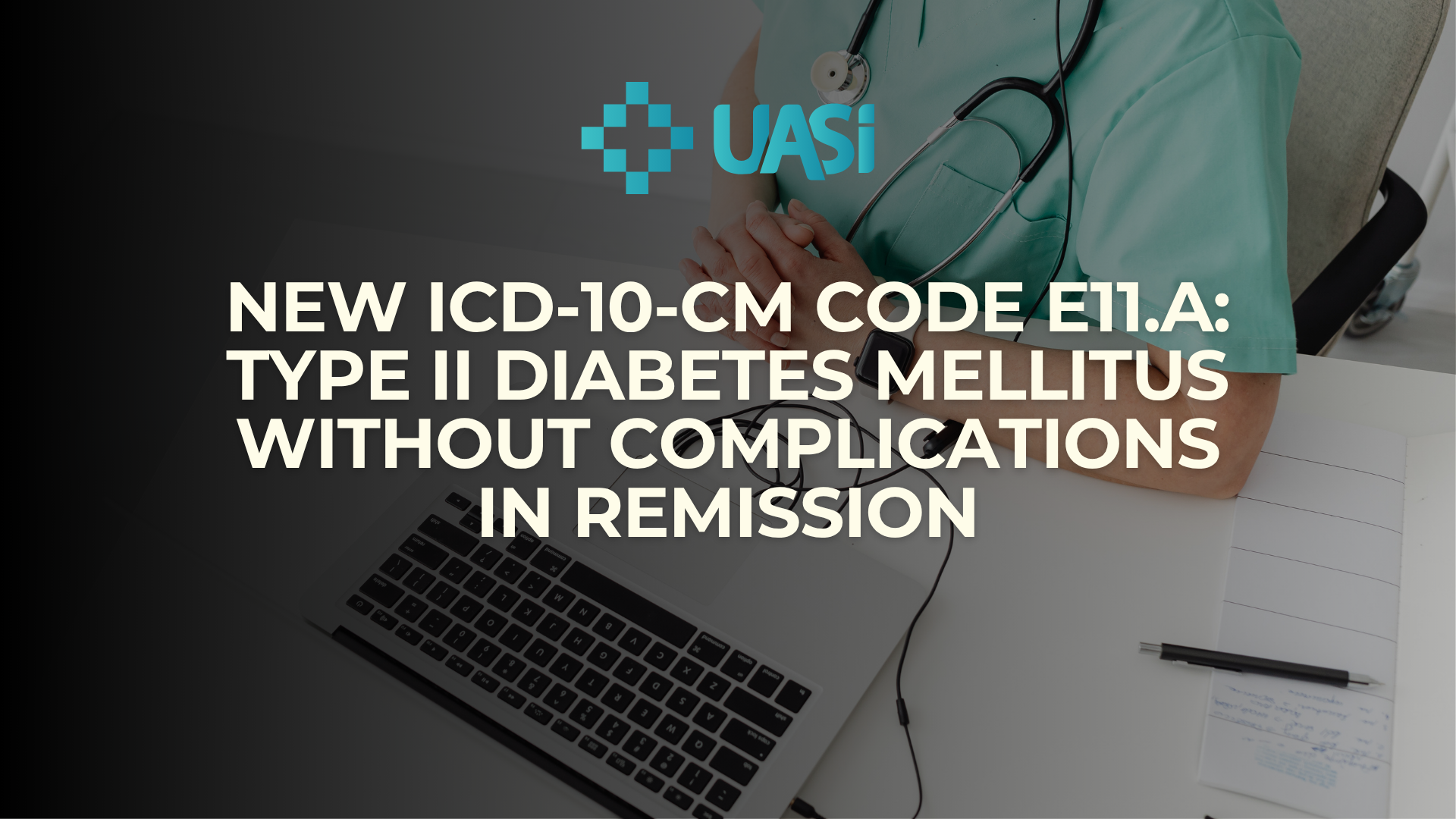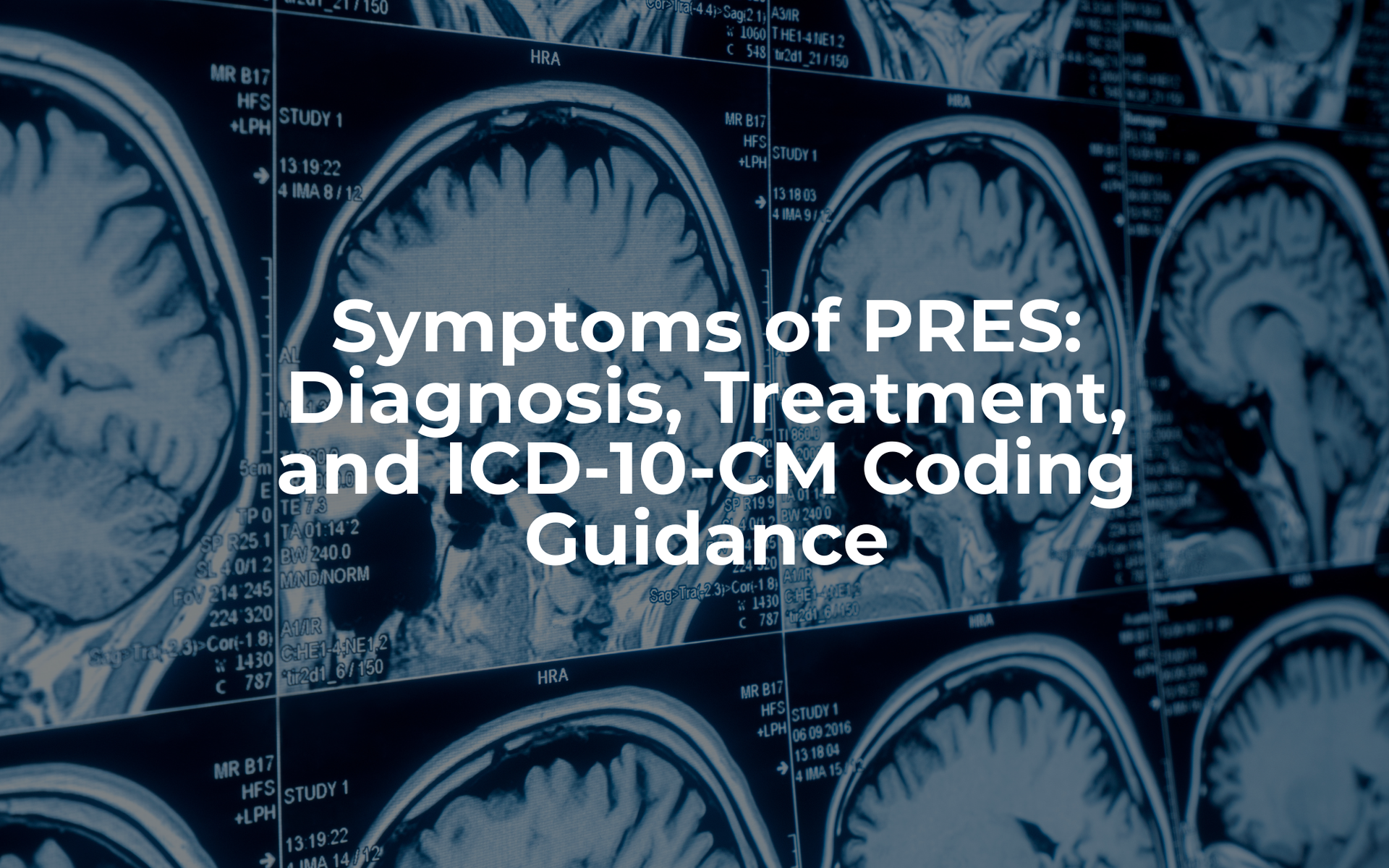June 9, 2025
Bridging the Gap: Why Pediatric Patients Matter in CDI
Rachel Mack, MSN, RN, CCDS, CDIP, CCS, CRC
Alyce Reavis, MSN, RN, CCDS, CCS
In 2025, many hospitals have established robust CDI programs that are firing on all cylinders; with CDI coverage rates typically above 80% in addition to the rise of query rates. However, the focus for most CDI programs continues to be the adult population.
But what about Pediatrics?
The question typically becomes whether Pediatric patients are “worth” reviewing by CDI specialists, especially when the hospital isn’t a Children’s Hospital. If hospitals were to begin focusing on pediatrics, then what’s the potential return on investment (ROI) and what are potential barriers hospitals could face?
This discussion explores why it's time to prioritize pediatric patients in CDI strategy by highlighting emerging data, shifting payment models, and common clinical documentation gaps. It also addresses the challenges that must be overcome to improve outcomes, accurately capture severity, and demonstrate both financial and non-financial impact, while providing practical guidance for querying pediatric-specific conditions to support more precise documentation.

Facts regarding Pediatric inpatient admissions:
- Between 2004 and 2019, the number and rate of inpatient stays for children aged 0–17 years decreased by 20%. This is the result of a shift to outpatient services as well as increased pediatric care coordination.
- This decrease means fewer routine pediatric admissions, making it crucial to maximize reimbursement for the remaining complex cases.
- However, pediatric admissions involving complex chronic conditions and pediatric readmissions increased between 2010 and 2016 [ref AHRQ]-
- These complex cases need more resources and, if poorly documented, can cause underpayment and financial loss for the hospital.
From a CDI and coding perspective, this means that concurrent CDI reviews are more important than ever, to ensure accurate capture of all acute and chronic conditions for complex pediatric cases. In addition, pediatric patients often present with rare conditions that require precise documentation to support appropriate severity of illness (SOI) and risk of mortality (ROM) scoring, which are metrics that increasingly impact quality reporting and hospital benchmarking.
Payment Models Most Utilized by Pediatric Patients and Why It Matters
As of January 2025, more than 78 million individuals were enrolled in Medicaid and the Children’s Health Insurance Program (CHIP) across all 50 states and D.C. Of these, over 37 million were children enrolled in either CHIP or Medicaid which accounts for 47.5% of total enrollment. [ref Medicaid.gov]
Medicaid is, by far, the most common insurance provider for children, followed by employer-based insurance. Notably, the uninsured rate for children under the age of 19 increased by 0.5 percentage points to 5.8 percent between 2022 and 2023. [ref Census.gov]
Most Medicaid programs are based on the APR-DRG payment system, while many employer-based programs utilize the MS-DRG payment system (or some variation of this). These systems differ significantly, and shifting documentation to impact APR-DRGs requires unique expertise from CDI professionals. Since nearly half of pediatric patients are covered by Medicaid, having CDI specialists who can accurately code and query for APR-DRG payment models is essential to ensure appropriate reimbursement and protect hospital revenue.

Securing Physician Buy-In: Often the first issue to address when beginning Pediatric CDI reviews is unsurprisingly, Physician buy in. CDI and Coding teams often have the best intentions for reviewing and querying Pediatric cases, but without buy-in from the Physician groups, efforts will be futile. Physicians and other providers (like Nurse Practitioners and Physician Assistants) should be introduced to the intention and impact of documentation improvement, how to respond to a query, and given feedback on their performance after the program is established.
Tracking Financial Impact with APR-DRGs: Another potential barrier within Pediatrics is ensuring CDI financial impact is tracked as accurately as possible. As mentioned above, many pediatric patients have Medicaid coverage and utilize the APR-DRG payment system. Many CDI tools are programmed to display only CDI impact on the MS-DRG level or may cost extra to include APR-DRG reporting functionality. Decisions will need to be made at the CDI leadership level for the best way to deal with this, especially when sharing this information with the C-suite.
Measuring Non-Financial Outcomes: Also, CDI teams are now querying for more than financial impact. For example, many teams utilize a variety of risk adjustment tools to maximize the expected mortality score for their patients. However, many existing CDI platforms and analytics tools are not fully equipped to track these non-financial metrics, especially within the pediatric population, which makes it difficult to demonstrate the full value of CDI efforts.
Other avenues of reporting for Pediatrics could include:
- Expected mortality score trends (especially after kicking off Pediatric reviews): Tracking changes in expected mortality scores can help demonstrate the clinical accuracy and quality improvements driven by pediatric CDI efforts.
- Observed-to-Expected (O/E) capture: Monitoring O/E ratios allows hospitals to assess clinical performance and mortality outcomes, which can influence quality rankings and public reporting.
- CC/MCC capture on the MS-DRG level: Improving capture of comorbid conditions or major comorbid conditions ensures appropriate DRG assignment, supports accurate severity profiling, and can affect quality metrics.
Readmission Risk and Documentation Gaps: Pediatric patients are also the most at-risk population for readmissions. According to the Journal of the American Medical Association (JAMA), as of 2020, pediatric 30-day readmission rates were 11.4%, with costs nearly 1.4 times the cost of an index admission, a ratio higher than for all adult age groups. Ensuring that children with chronic conditions – that are most at-risk for readmission – are reviewed by CDI to establish all complex/chronic conditions in the medical record is vital.

Often a pediatric CDI specialist may initially rely on clinical indicators and concepts commonly used for adults when developing queries. While some conditions overlap depending on the child’s age, this is usually not the case. It’s important to ensure that any query is based on clinical indicators such as labs, vital signs, and signs and symptoms, that are specifically relevant to the pediatric population.
Some common conditions that the pediatric CDI specialist may query for include common respiratory illnesses (e.g. asthma, pneumonia, bronchiolitis, BPD), sepsis, and malnutrition. The severity of malnutrition is like that of the adult population, but it is also important to know the underlying condition, weight-for-age percentiles, and if feeding difficulties are present.
Regarding sepsis, criteria sets include pSOFA and PELOD. A new International Consensus Criteria for Pediatric Sepsis and Septic Shock was published in March 2024 in JAMA based on the Phoenix Sepsis Score. The benefit of the Pheonix score is that the criterion is based on age and that it has usability at the bedside. It is important to note that the Pheonix score is not applicable to newborns or neonates whose postconceptional age is younger than 37 weeks. CDI specialists should review for sepsis indicators, the source, and organ dysfunction that is linked to sepsis in the documentation.
Respiratory conditions commonly require queries for more specificity of the condition. The pediatric patient admitted with asthma should include details like mild, intermittent or persistent, and whether the asthma is in exacerbation or status asthmaticus. Pneumonia should be specified with the viral or bacterial organism linked in documentation or if there is aspiration.
The Takeaway – Pediatric CDI Should be a Hospital Focus
Pediatric patients make up a significant and complex portion of hospital admissions, yet their documentation needs are often under-prioritized in CDI programs. Given the rising clinical and financial importance of accurately capturing chronic conditions, aligning with APR DRG reimbursement, and improving quality outcomes, expanding CDI efforts to include pediatrics is both necessary and valuable. With focused education, the right tools, and strong provider collaboration, hospitals can strengthen documentation practices and improve care for their youngest patients.














